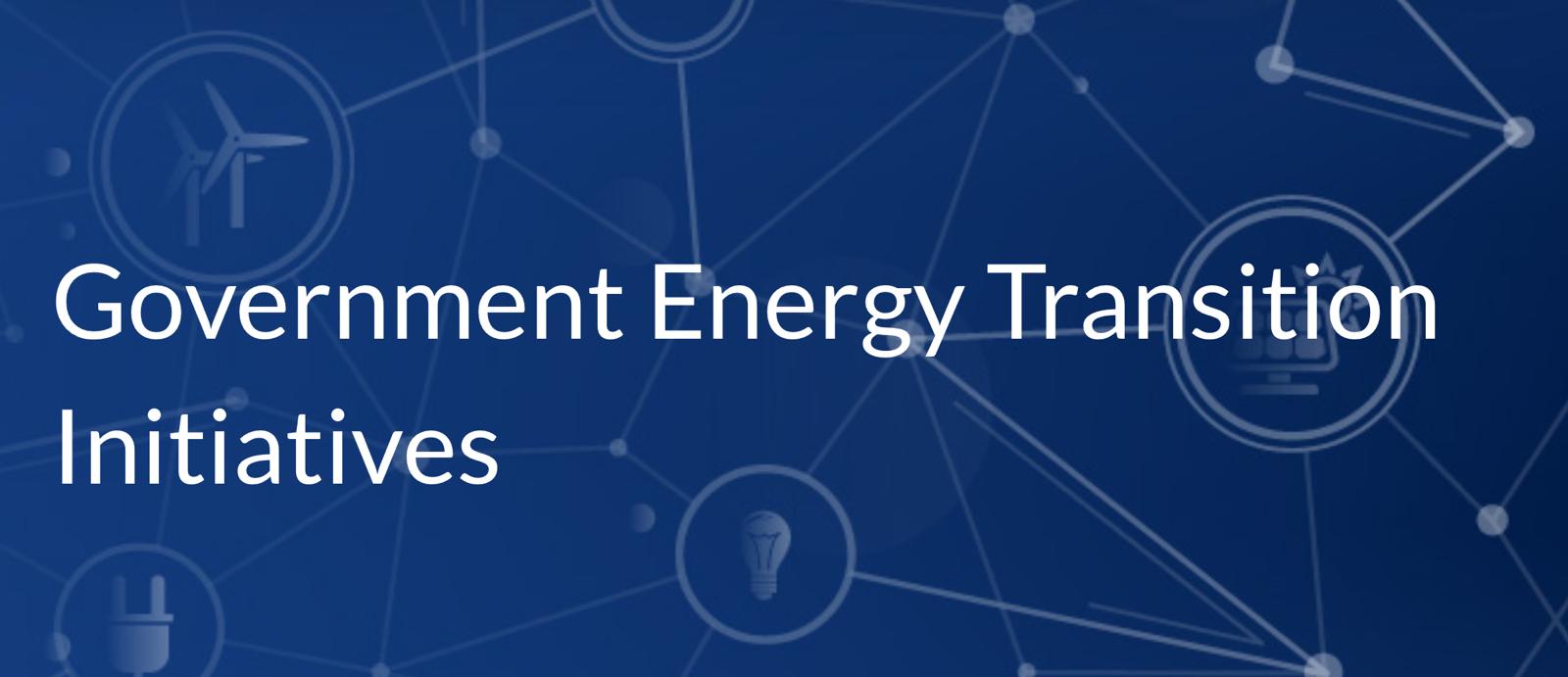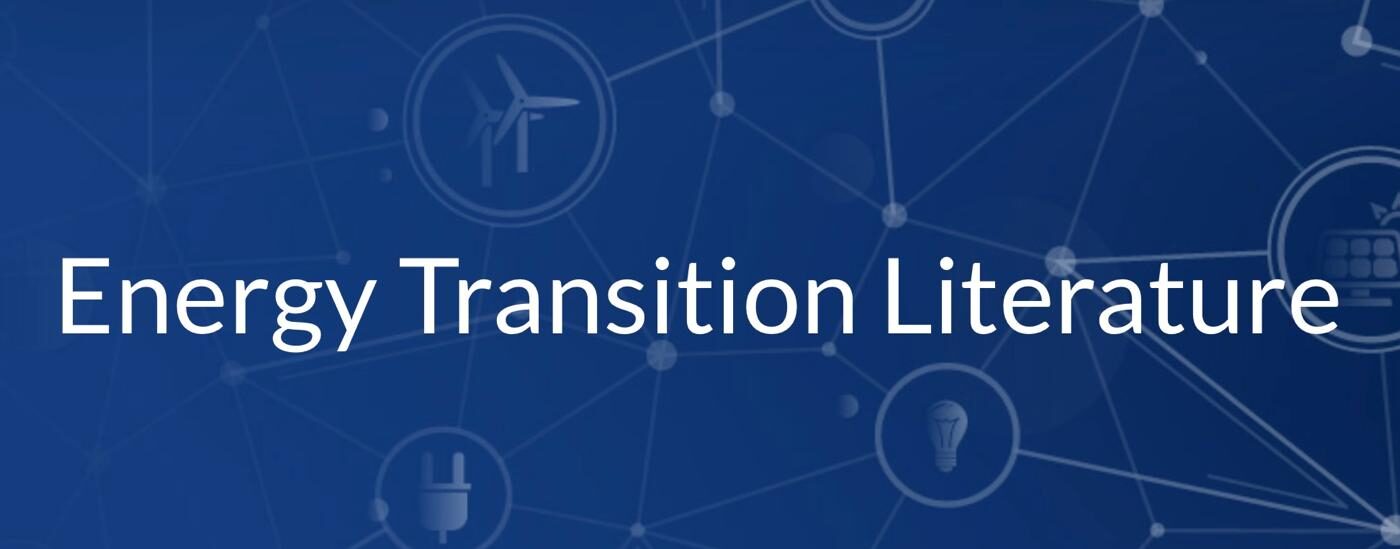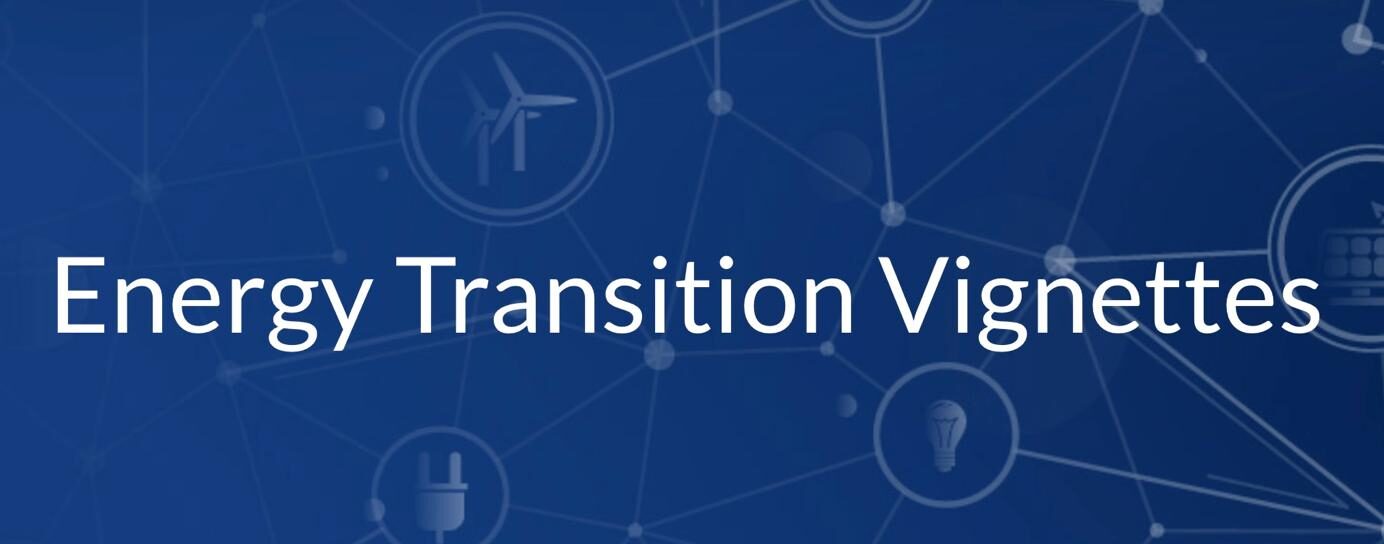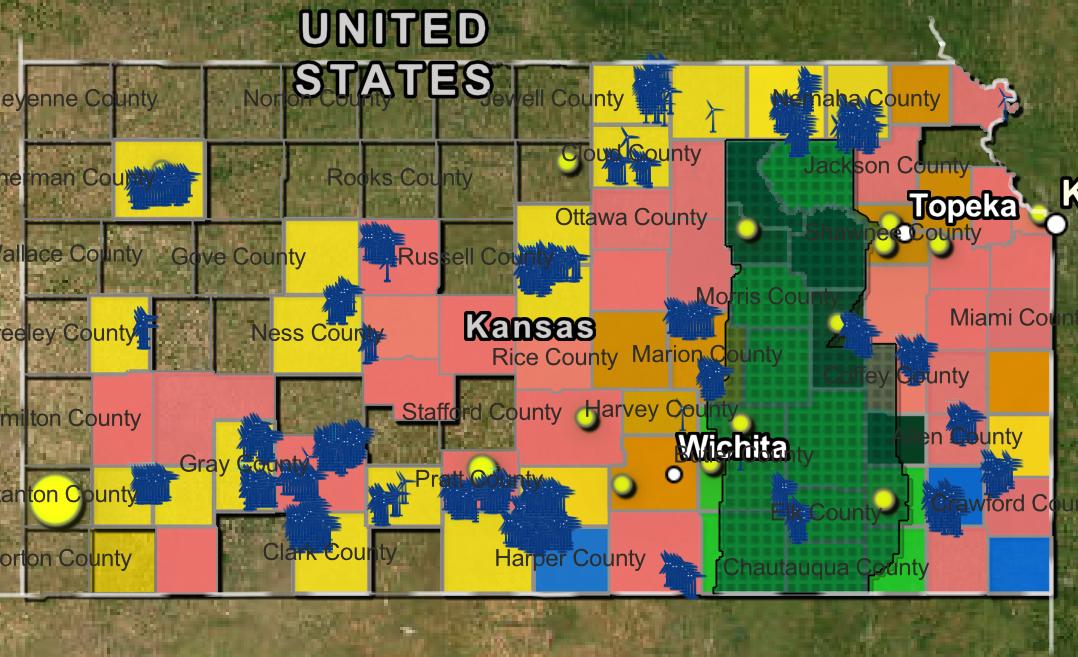
This tool from the PSU Center for Energy Law and Policy presents a global inventory of governmental institutions, agencies, and legislative frameworks dedicated to managing energy transitions across multiple countries and jurisdictions. The resource categorizes how different governments are structuring their energy transition efforts with particular emphasis on institutional approaches, support for underrepresented groups, worker retraining programs, and just transition policies for fossil fuel-dependent communities.
Penn State University’s Center for Energy Law and Policy presents a literature database on energy transitions, featuring academic citations and summaries organized into themes like energy justice, case studies from various countries, support for fossil fuel workers, and approaches to renewable energy adoption. The resource covers both theoretical frameworks and practical policy implementations across global, national, and local levels to help understand the complex social, economic, and environmental dimensions of transitioning away from fossil fuels.


The energy transition—the movement away from carbon-based energy and toward low- and zero-carbon energy—varies substantially among municipalities, states, and countries. Indeed, the use or production of carbon-intensive fuels is still increasing in some areas. While some regions are experiencing major employment and community-based transitions as coal mines and coal-fired power plants are phased out, others—such as those that rely primarily on imported fuels—face different challenges, such as energy security. This resources provides case studies and vignettes from countries, U.S. states, and local governments around the world to paint a more complete picture of the global energy transition and its many place-based differences. These vignettes focus primarily on efforts to support workers and stimulate new economic development in regions experiencing closures of fossil fuel mining or power plants.
This innovative Web GIS tool powered by ESRI’s ArcGIS Online is designed to empower communities and developers by providing easy access to crucial data for energy planning and development. As Kansas transitions towards a more sustainable energy future, this tool will be an invaluable resource for local governments and communities, planners, and developers.


This tool from the PSU Center for Energy Law and Policy presents a global inventory of governmental institutions, agencies, and legislative frameworks dedicated to managing energy transitions across multiple countries and jurisdictions. The resource categorizes how different governments are structuring their energy transition efforts with particular emphasis on institutional approaches, support for underrepresented groups, worker retraining programs, and just transition policies for fossil fuel-dependent communities.

Penn State University’s Center for Energy Law and Policy presents a literature database on energy transitions, featuring academic citations and summaries organized into themes like energy justice, case studies from various countries, support for fossil fuel workers, and approaches to renewable energy adoption. The resource covers both theoretical frameworks and practical policy implementations across global, national, and local levels to help understand the complex social, economic, and environmental dimensions of transitioning away from fossil fuels.

The energy transition—the movement away from carbon-based energy and toward low- and zero-carbon energy—varies substantially among municipalities, states, and countries. Indeed, the use or production of carbon-intensive fuels is still increasing in some areas. While some regions are experiencing major employment and community-based transitions as coal mines and coal-fired power plants are phased out, others—such as those that rely primarily on imported fuels—face different challenges, such as energy security. This resources provides case studies and vignettes from countries, U.S. states, and local governments around the world to paint a more complete picture of the global energy transition and its many place-based differences. These vignettes focus primarily on efforts to support workers and stimulate new economic development in regions experiencing closures of fossil fuel mining or power plants.

This innovative Web GIS tool powered by ESRI’s ArcGIS Online is designed to empower communities and developers by providing easy access to crucial data for energy planning and development. As Kansas transitions towards a more sustainable energy future, this tool will be an invaluable resource for local governments and communities, planners, and developers.